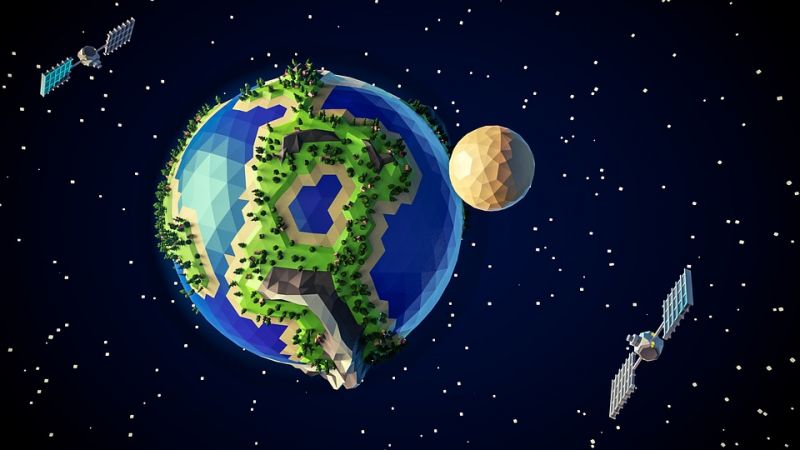Using Satellite Imagery to Assess Impacts of Soil and Water Conservation Measures
Published on by Water Network Research, Official research team of The Water Network in Academic
Evidence from Ethiopia’s Tana-Beles Watershed

Representative image, source: Pixabay
Abstract
Although efforts at soil and water conservation are routinely viewed as instrumental in reducing vulnerability to climate change, their impact has rarely been quantified. Combining data on the timing and intensity of soil and water conservation interventions in select Ethiopian watersheds from 2009 to 2016 with a pixel-level panel of vegetative cover and soil moisture data derived from satellite imagery makes it possible to assess the biophysical impacts of such measures using a difference-in-differences specification.
The results point toward significant effects overall that vary by season, and that tree planting and other soil and water conservation activities are more effective on degraded than cultivated land. The results are consistent with before-after regressions for daily sediment load and stream flows in a subset of micro-watersheds. It thus appears that satellite imagery can improve the design and near-real-time monitoring of sustainable land management interventions for watersheds and landscape.
This paper is a product of the Agriculture and Rural Development Team, Development Research Group. It is part of a larger effort by the World Bank to provide open access to its research and make a contribution to development policy discussions around the world. Policy Research Working Papers are also posted on the Web at http://econ.worldbank.org. The authors may be contacted at dali1@worldbank.org, kdeininger@worldbank.org, and dmonchuk@worldbank.org.
Daniel Ayalew Ali, Klaus Deininger, Daniel Monchuk
Read and download the report: World Bank Group
Media
Taxonomy
- Water Resource Management
- Water Resource Mapping
- GIS & Remote Sensing Technology
- GIS
- GIS for network
- Water Resources
- Water Resource Management
2 Comments
-
Developing this model is exciting! Knowing how much soil is saved by various management practices is critical to getting the right measures in the right place. This allows planning to target the money and effort to specific locations where they do the most good. This is HOW we resolve the drought condition.
-
Initially this appeared to be another expenditure for observational research. Which has been way overdone. The amount of money used for observation would have been 10 times more than needed to resolve the natural drought conditions. Two red flags popped up. The defunct term "Climate change" and The World Bank were associated with this article. We have that problem in the US. Medical industry has been solely focused on disease maintenance. We have not found a cure for anything since polio.